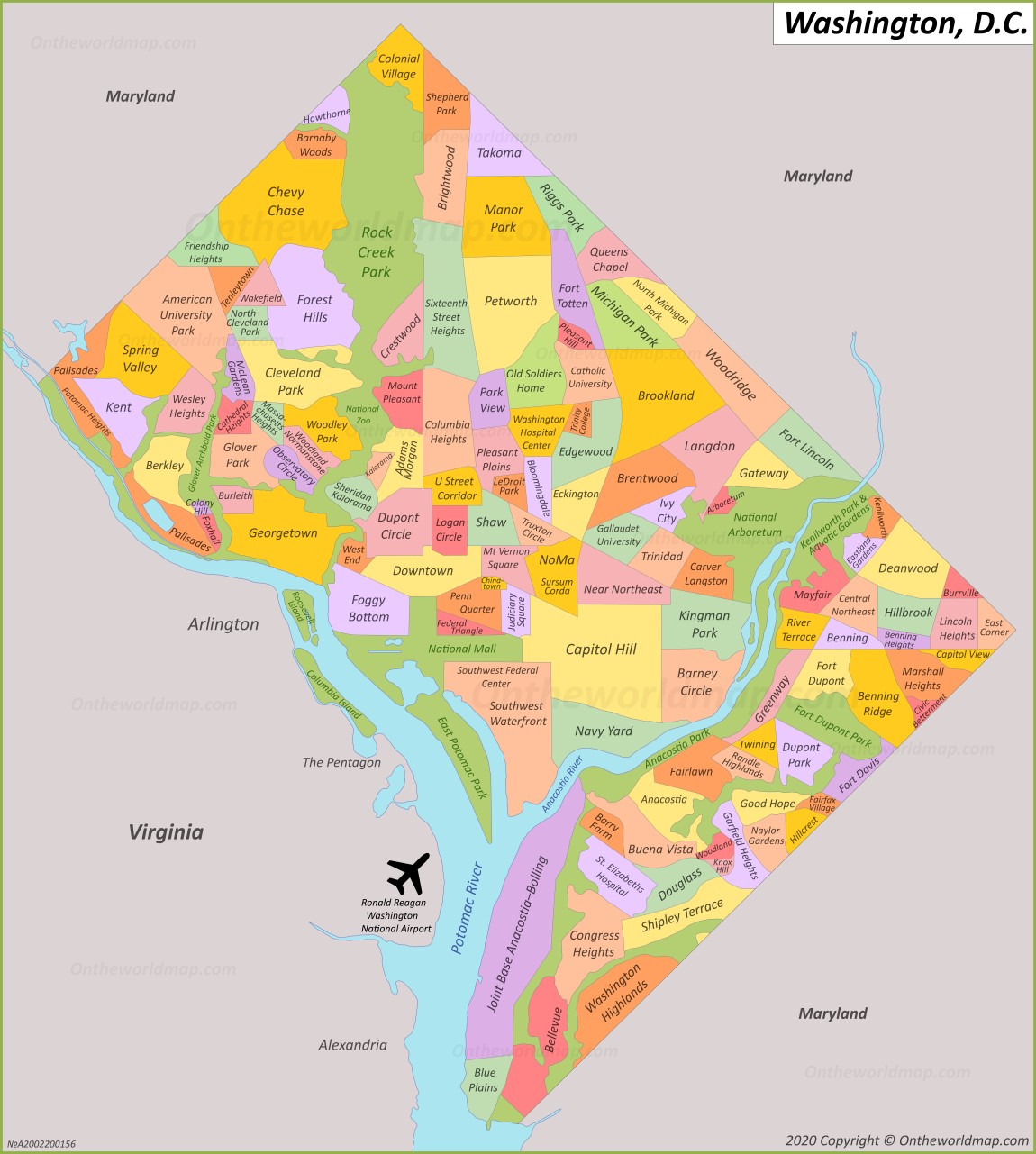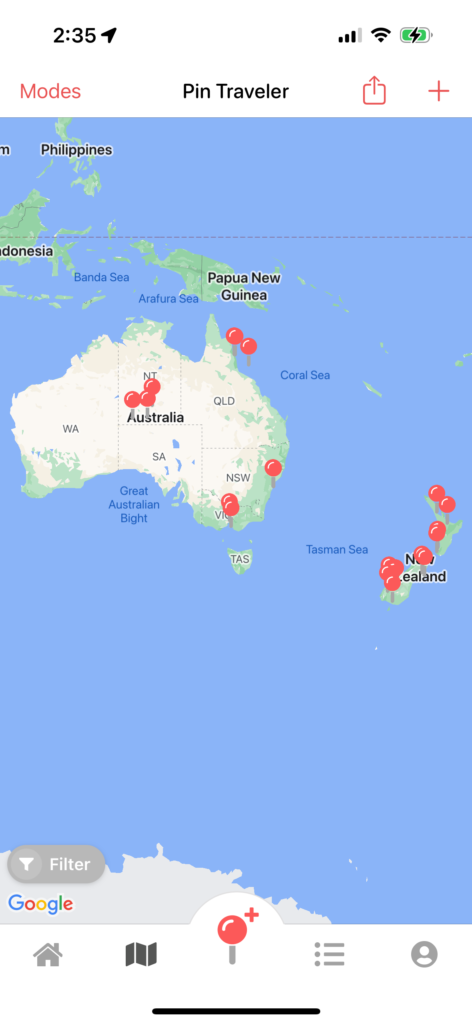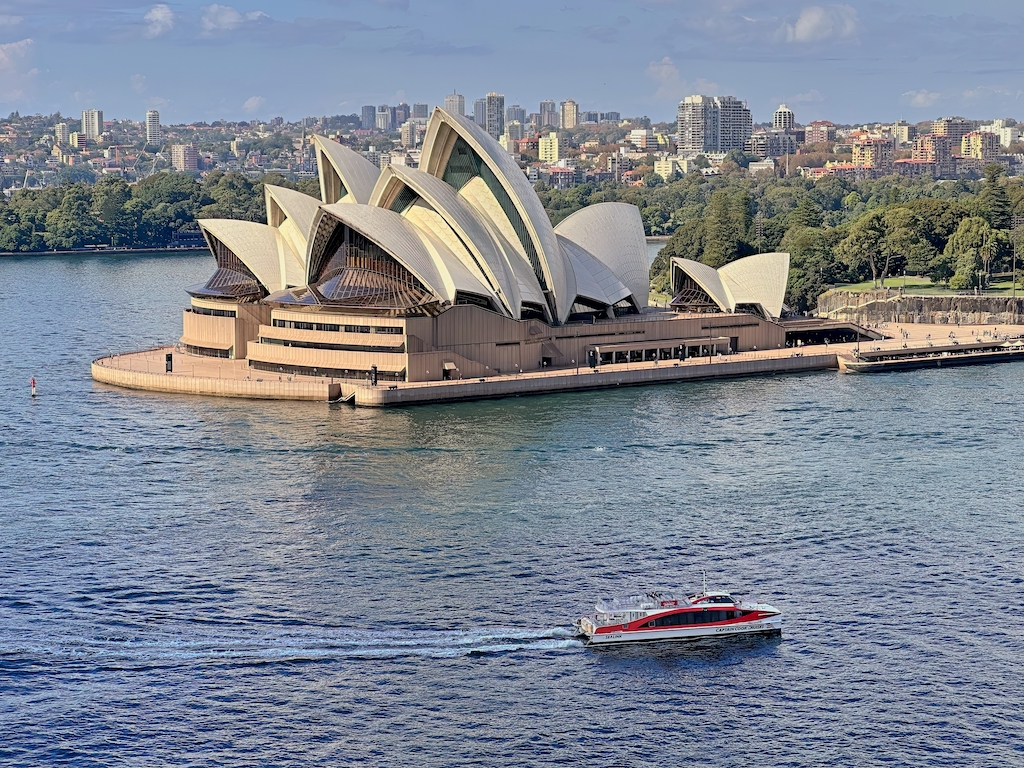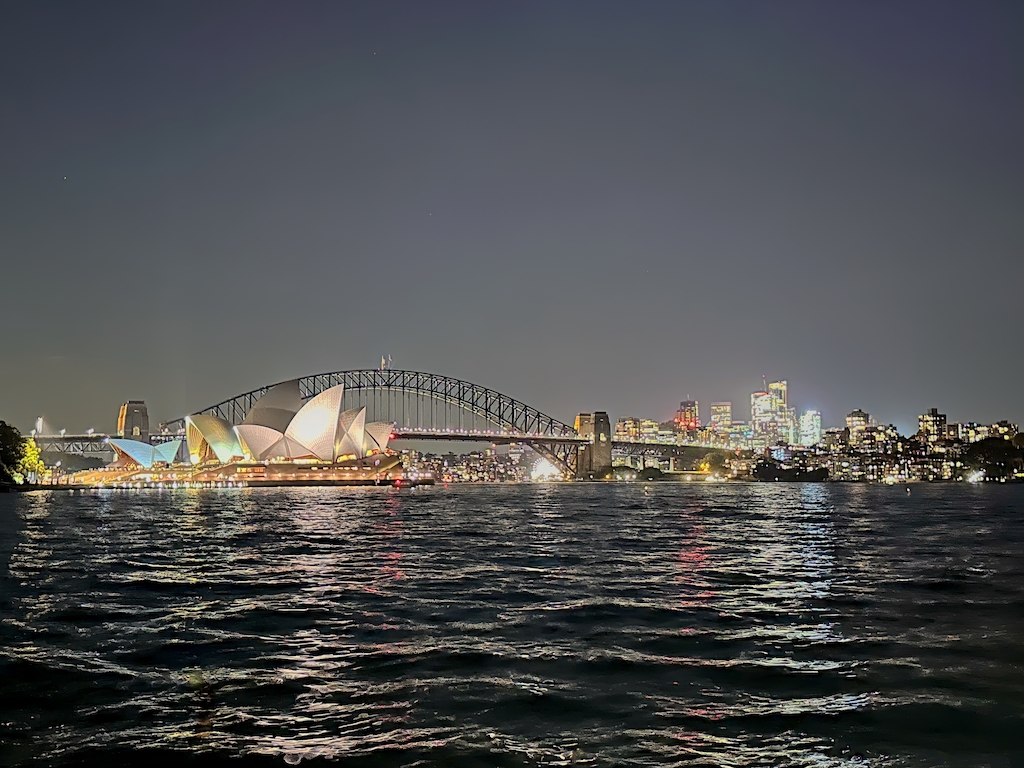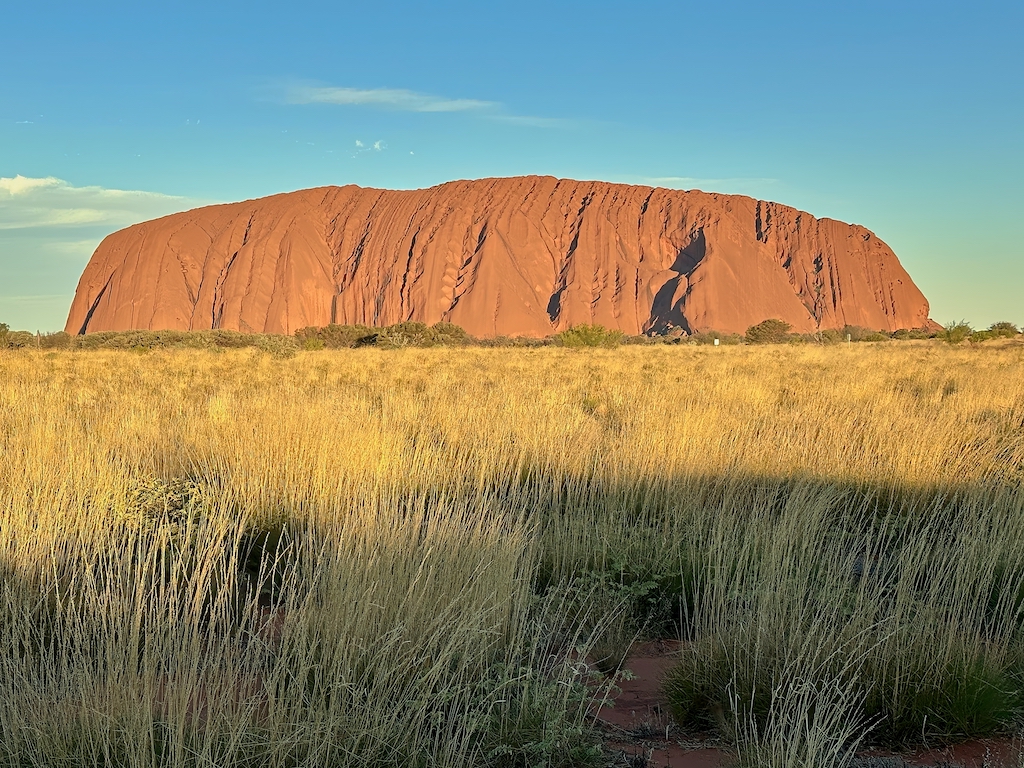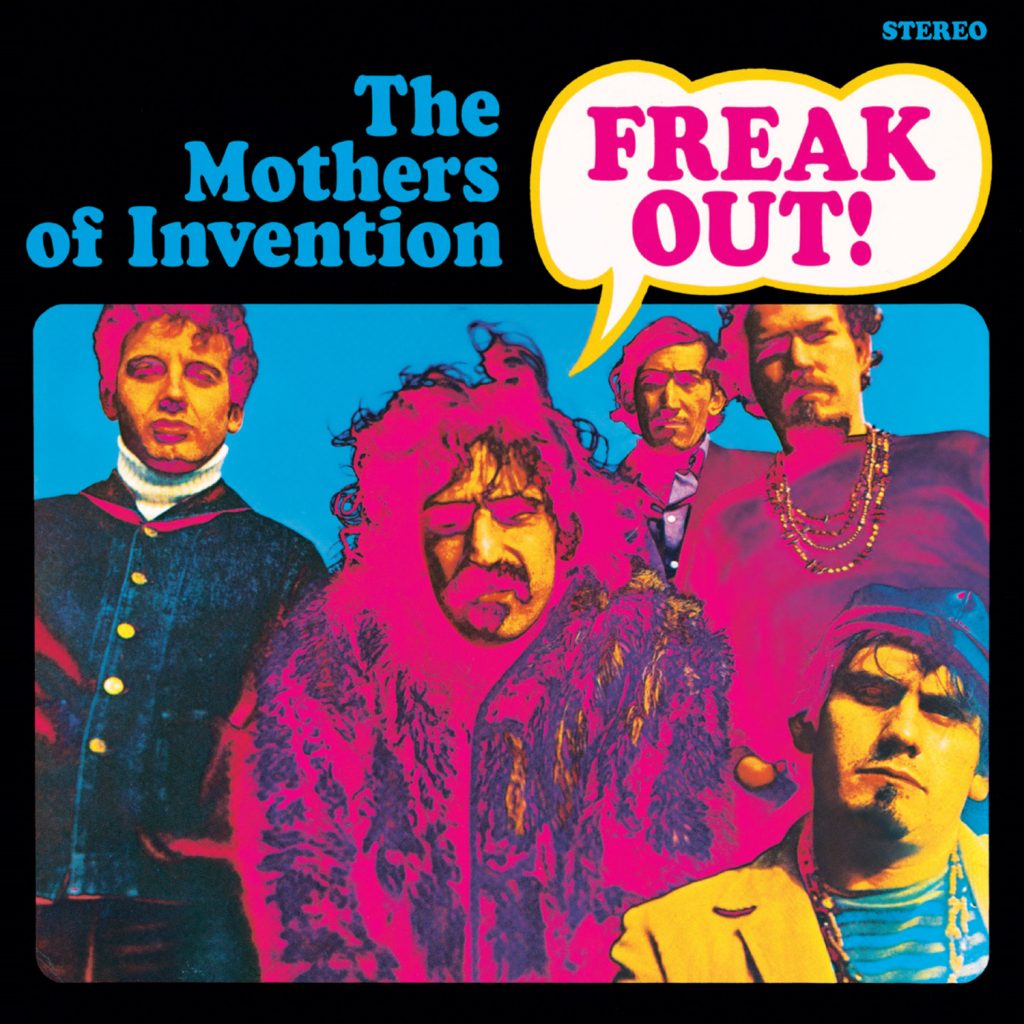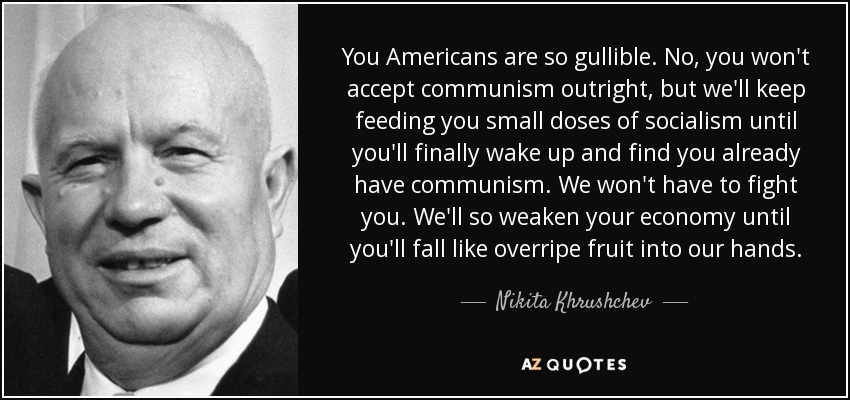These are remarkable times we live in.
It’s unknown how many assassination attempts against a sitting or former president have been foiled, but we have just witnessed the first known attempt in over forty years. In 1981, John Hinckley, Jr. shot president Ronald Reagan outside the Washington Hilton hotel in Washington, D. C. Reagan survived, but the attempt was a close call. A police officer was killed and Press Secretary James Brady was also severely wounded.
On Saturday, July 13, 2024, just moments into a campaign speech in Butler, Pennsylvania, former president Donald Trump and candidate for the office again, was providentially spared as a rifle shot took a chunk out of his right ear. Two others were not so fortunate; one was killed and two others were wounded. A moment earlier, the shot would have struck him right in the head, but he uncharacteristically moved to point to a chart, and the bullet narrowly avoided killing him. Trump appeared two days later at the Republican National Convention sporting a bandage on his ear, but seemed otherwise unharmed. Remarkable.
At the same time, despite remarkable efforts to conceal the fact, the incumbent president is revealed to be suffering from some form of mental incapacitation. Observers of the political arena such as myself have noticed this ever since his 2020 election campaign was one of invisibility; under the cover of the COVID pandemic, Joe Biden huddled in his basement, rarely coming up and out for public appearances. When he did, he exhibited many signs of encroaching senility. One of those signs I’ve witnessed is a relaxing of inhibitions relating to self-restraint when it comes to expressing opinions. From my witness stand, I’ve seen Joe Biden as a lifelong racist and inveterate liar, but most of the public doesn’t see that. They only see what the image-makers have concocted, and so have believed Joe was a typical “everyman.” Remarkable.
In my youth, the Democrat Party portrayed itself as the party of the working class. It catered to unions, minorities and the “workers.” The Republicans on the other hand, were depicted as being the party of the rich, of Wall Street, and international elites. Today, the Democrats are seen as “limousine liberals” and “Gulfstream Guevaras.” The Republicans are led by a successful businessman who entered politics late in life. The businessman, Donald Trump, mingles with construction workers, professional wrestlers, country music artists, and flag-waving Americans who show up en masse at rallies to show that the American Dream isn’t dead. Yet. Remarkable.
At this writing, the Democrat Party is maneuvering to remove Biden from the ticket. Despite a series of non-democratic moves to ensure his place as the nominee, the Democrats are now using undemocratic means to remove the man they pledge will “preserve democracy” in the country. Remarkable.
By the same token, the Democrats have used a number of non-democratic means to remove any challenges to their party’s candidate; they worked tirelessly to keep Democrat-turned-Independent Robert F. Kennedy, Jr. off the ballot wherever possible. And the extent to which they leveraged the power of the government using “lawfare” (a term coined to describe persecuting the opposition through the courts) to remove and imprison Donald Trump is nothing short of remarkable.
The legal procedures that Donald Trump is undergoing have all been designed to keep him off the campaign trail. A law that was enacted but never used was the basis for convicting him of 34 charges. For paperwork errors. At the same time, a special counsel investigating Joe Biden’s possession of classified documents found him effectively guilty of a felony, but excused him from prosecution due to his status as aged with a poor memory. The wags would say that this election pits a convicted felon against an un-convicted felon.
The inflammatory rhetoric from the Democrats accusing the Republicans of being like Nazis, and a “threat to democracy,” among other aspersions likely resulted in motivating a young, 20 year-old to attempt to take the life of the threat. Twenty years after the last assassination attempt on a president’s life. Remarkable.
Every election year, the media and observers anticipate an “October surprise.” This whole 2024 election process has been nothing short of remarkable surprises.
I only wish everyone would take notice of the current state of affairs. They are remarkable.

